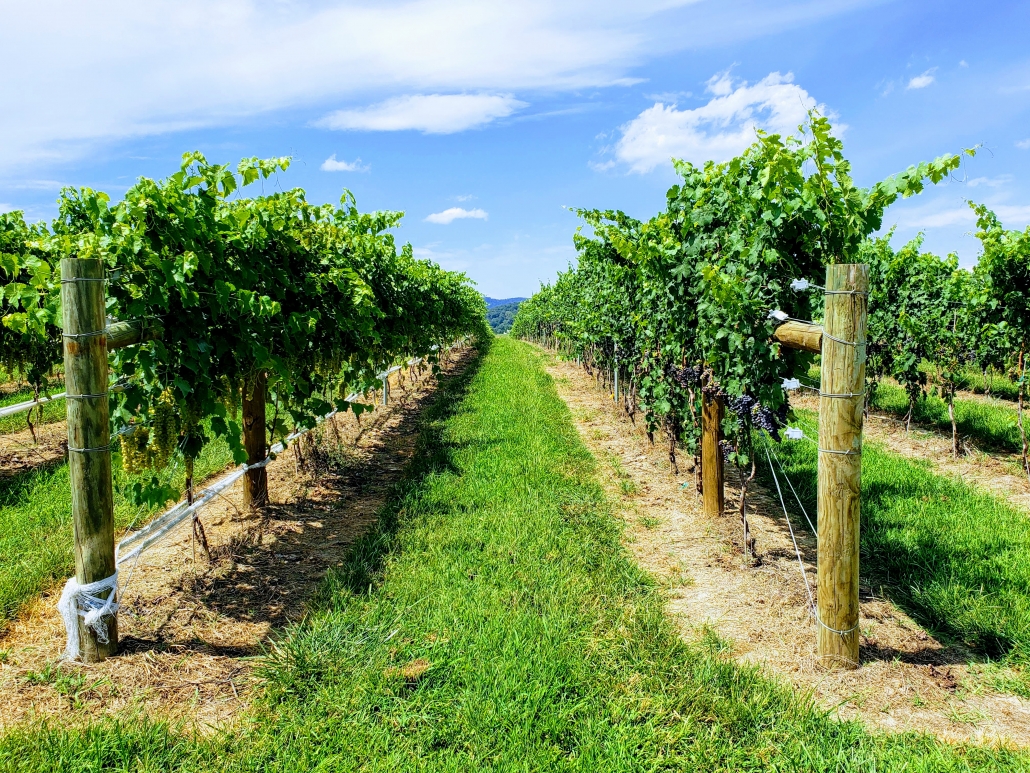Today, Mom received a call in the tasting room that made me think twice. Someone was calling to ask if our wines were vegan. Then she mentioned that we don’t use egg whites for our fining agents. This was a brand new term for me – I’ve actually never heard “fining agents” mentioned in the tasting room until today.
This seemed like a case for Winston the Wine Dog, so I decided to nose out a few facts about this part of wine making process. That way, all of us can understand it better!
Basically, fining agents are added to wine while still in the barrel to help remove unwanted materials. These unwanted materials of the wine, called colloids, are not quite big enough to see. Colloids consist of elements that are already found in wine, but when they are not in the right quantity, the wine may become cloudy, bitter, or astringent.
Colloids are positively charged, so they won’t bind together on their own. They do eventually lose their charge, and some winemakers get around using fining agents by allowing the wine to rest and then periodically racking it to remove any colloids that have binded together. Winemakers are able to fast forward this process by using fining agents. Because fining agents have a negative charge, they cause the colloids to bind together as soon as they are introduced to the wine. Once binded, colloids are easy to remove.
Bentonite, egg whites (or albumen), and casein are a few of the “agents” most commonly used for this process. Bentonite is typically used in white wines and alumen in red wines, but our winemaker uses bentonite for nearly all of his fining (and ALL of the fining of our wines).
While some purists choose to leave colloids in their wine because they want to preserve all natural flavors and textures, removing colloids through the fining process leaves a wine that is more stable and less prone to spoilage.
In France, where wineries go the more traditional route of using egg whites for their red wines, they usually have a favorite recipe or two that they keep on hand to use up all those extra egg yolks. I found two that look especially delicious. (Click on the names below to link to their recipes.) If you make either of these, let us know! Better yet… bring us a taste!


